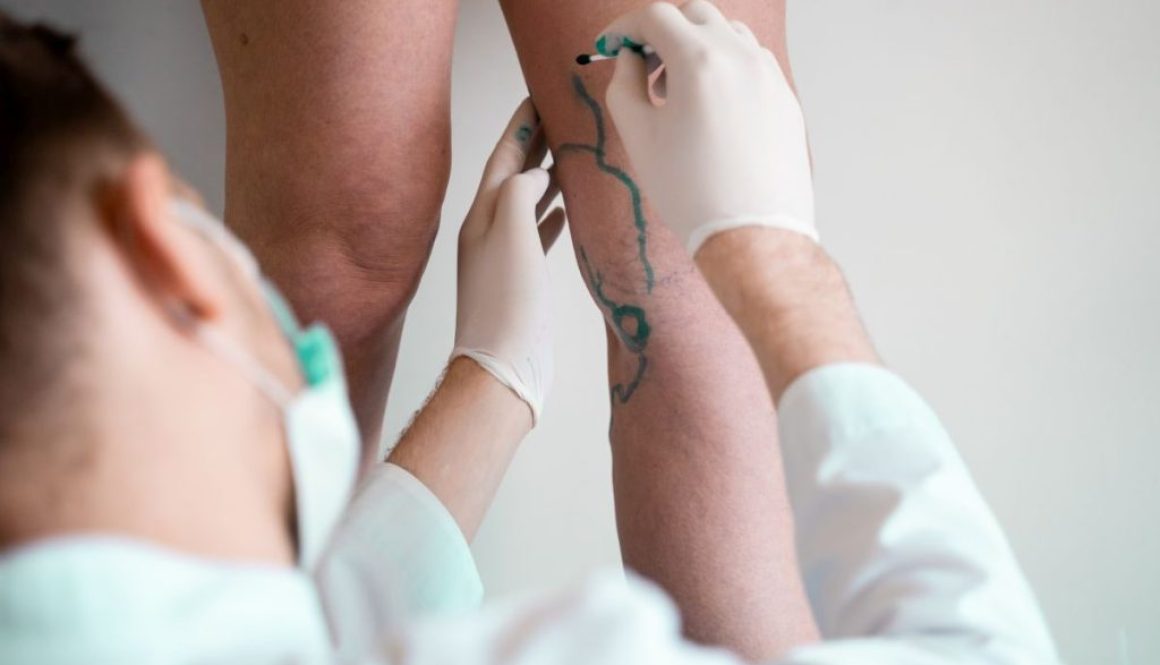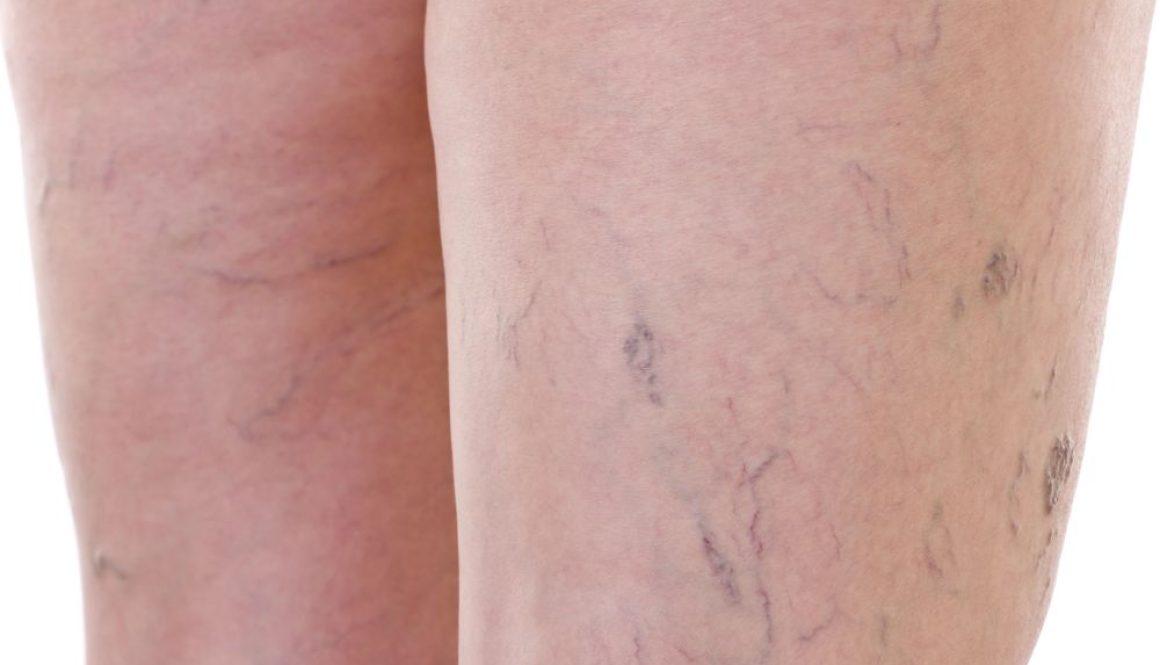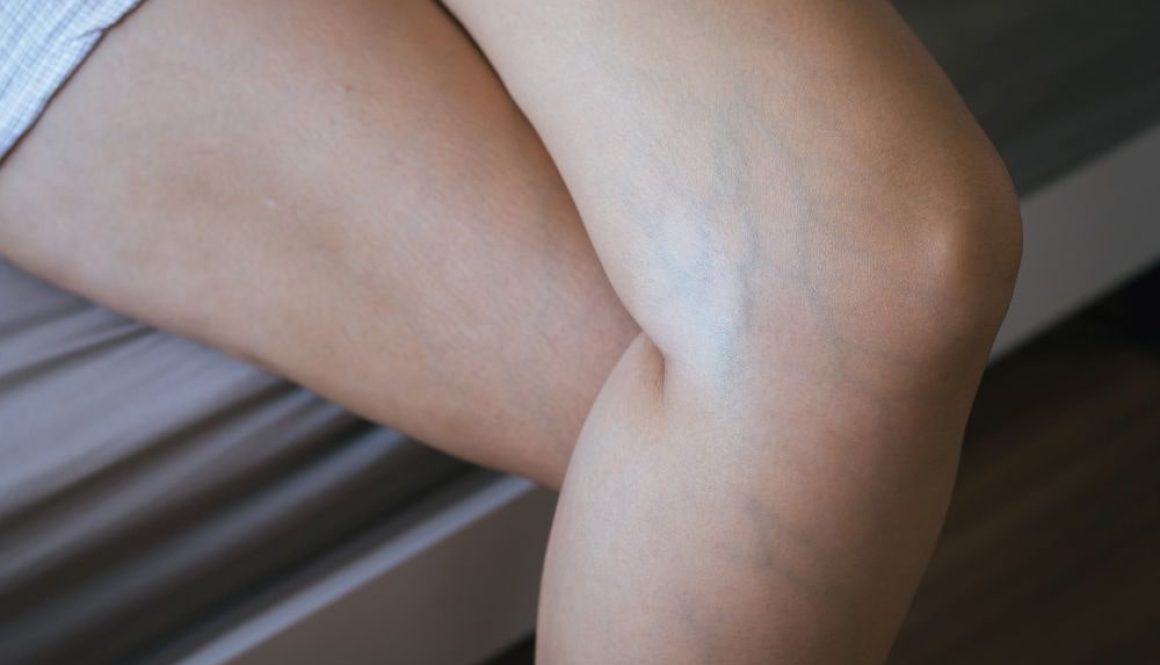Cosmetic treatment for veins typically refers to medical procedures aimed at reducing unwanted veins, such as spider veins (tiny, thin veins visible under the skin) or varicose veins (enlarged, twisted veins). These treatments are often sought for aesthetic reasons but may also help relieve symptoms like discomfort, swelling, or aching associated with problematic veins. Common treatments include:
1. Sclerotherapy
- What it is: A solution (usually saline or a special chemical) is injected into the vein, causing it to collapse and fade over time.
- Best for: Spider veins and small varicose veins.
- Downtime: Needs to be factored in, though multiple sessions may be required.
2. Laser Treatments
- What it is: Non-invasive treatments using high-intensity light to heat and damage the vein, causing it to shrink and eventually disappear.
- Best for: Small spider veins on the face or legs.
- Downtime: Needs to be factored in, though redness or swelling may occur temporarily.
3. Endovenous Laser Therapy (EVLT) or Radiofrequency Ablation (RFA)
- What it is: A catheter is inserted into the vein, delivering heat from a laser or radiofrequency to close off larger varicose veins.
- Best for: Larger varicose veins.
- Downtime: Usually minimal, but compression stockings may be recommended.
4. Microsclerotherapy
- What it is: A more precise version of sclerotherapy for very small veins.
- Best for: Tiny spider veins.
- Downtime: Needs to be factored in
5. Compression Therapy
- What it is: Special stockings or bandages used to improve blood flow and reduce symptoms. Often used alongside other treatments.
- Best for: Supporting vein health and post-treatment care.
Considerations
- Consultation: It’s important to consult a qualified specialist to determine the best treatment for your specific condition.
- Side Effects: Some treatments may cause bruising, swelling, redness, or pigmentation changes.
- Costs: Treatments for cosmetic purposes may not be covered by insurance.
- Results: Most treatments require a few weeks to months for full results, and multiple sessions might be needed.
Would you like advice on a specific treatment or tips for selecting a clinic? Contact us now!




